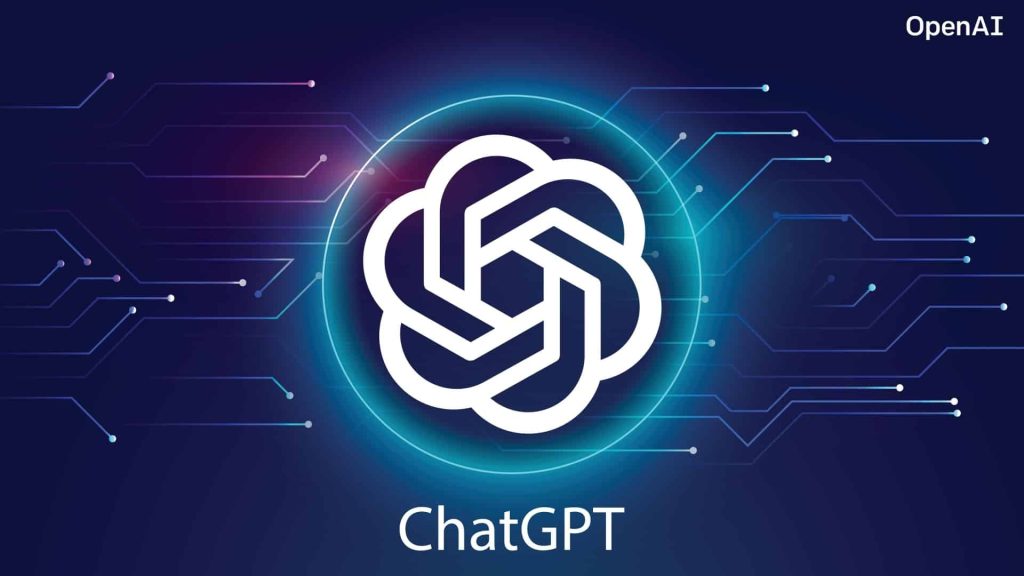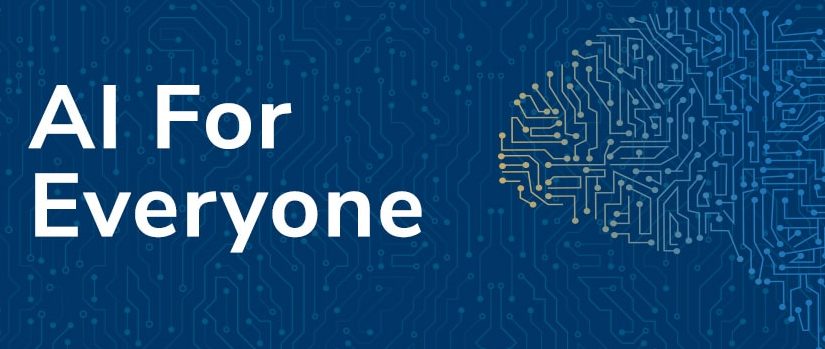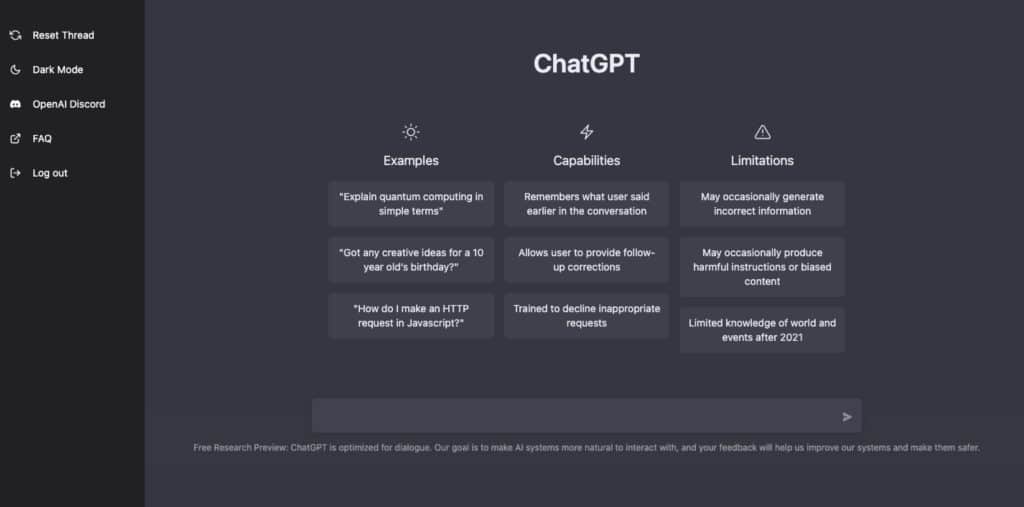Artificial Intelligence (AI) refers to the development of computer systems that can perform tasks that typically require human intelligence. These tasks include learning, reasoning, problem-solving, understanding natural language, speech recognition, and visual perception. AI aims to create machines that can mimic cognitive functions and adapt to different situations, making them capable of autonomous decision-making and problem-solving.

ChatGPT is a language model developed by OpenAI. It is based on the GPT (Generative Pre-trained Transformer) architecture, specifically GPT-3.5. ChatGPT is designed for natural language understanding and generation, making it well-suited for conversational applications. It is a sibling model to InstructGPT, which is trained to follow instructions in a prompt and provide detailed responses.
GPT-3.5, the underlying architecture for ChatGPT, is one of the most powerful language models created by OpenAI as of my last knowledge update in January 2022. It has 175 billion parameters, making it capable of understanding and generating human-like text across a wide range of tasks and contexts. Parameters are the internal variables the model adjusts during training, and a higher number of parameters generally indicates a more powerful model.



